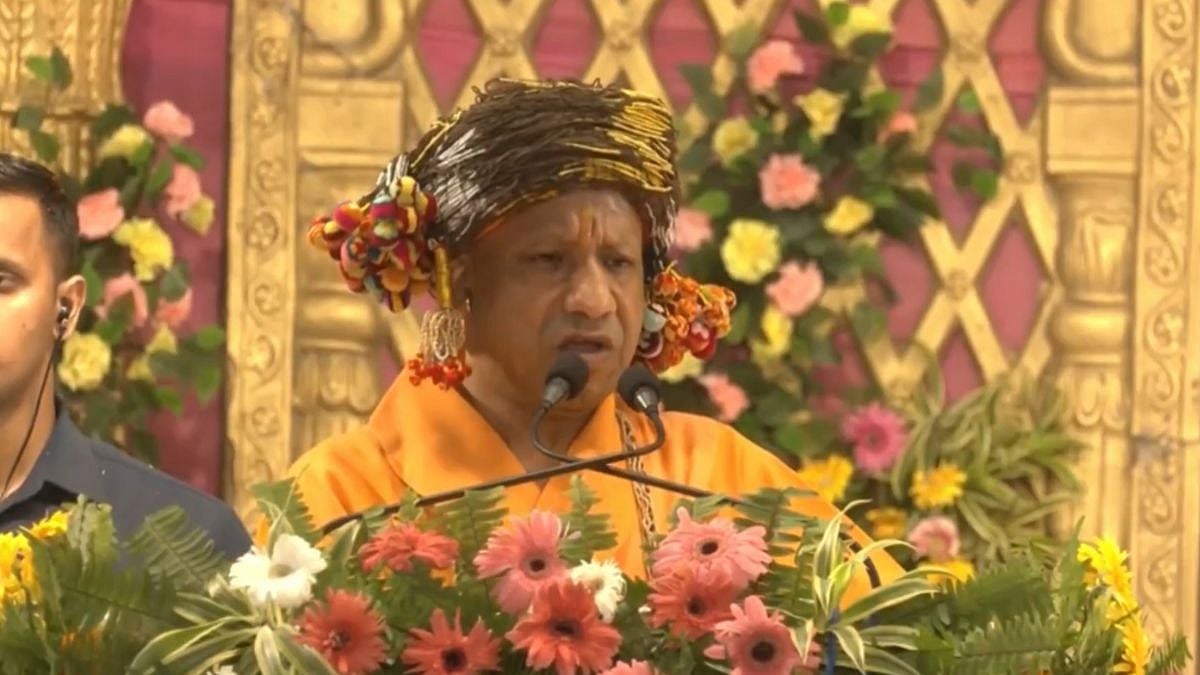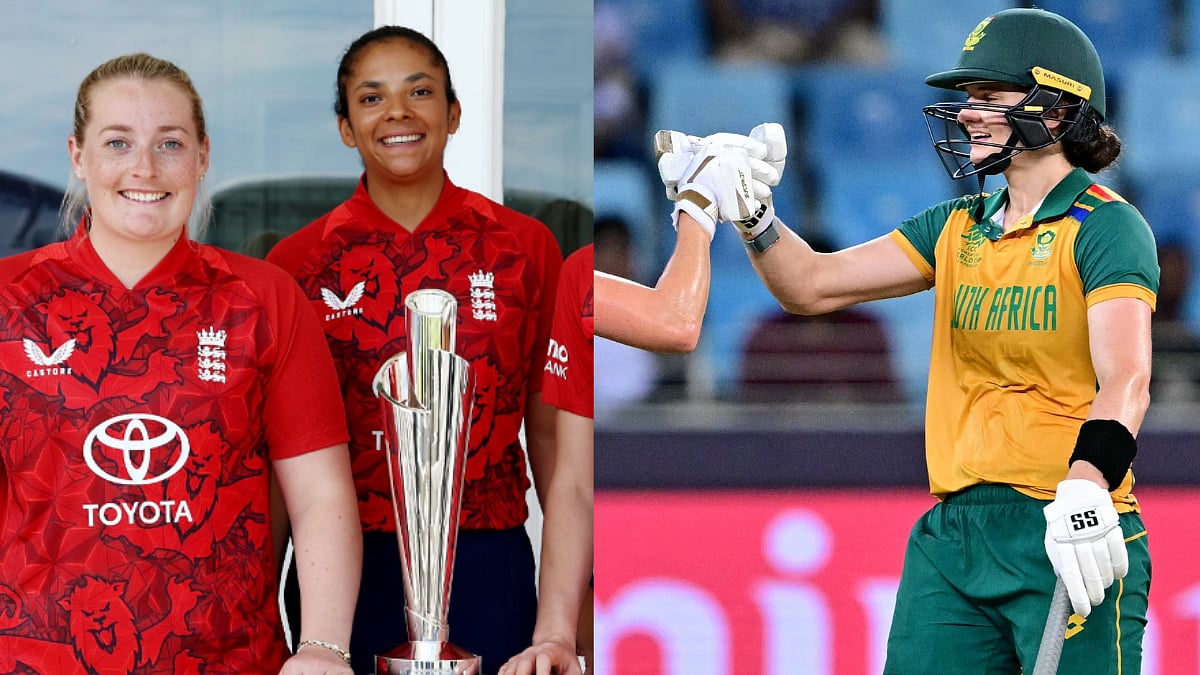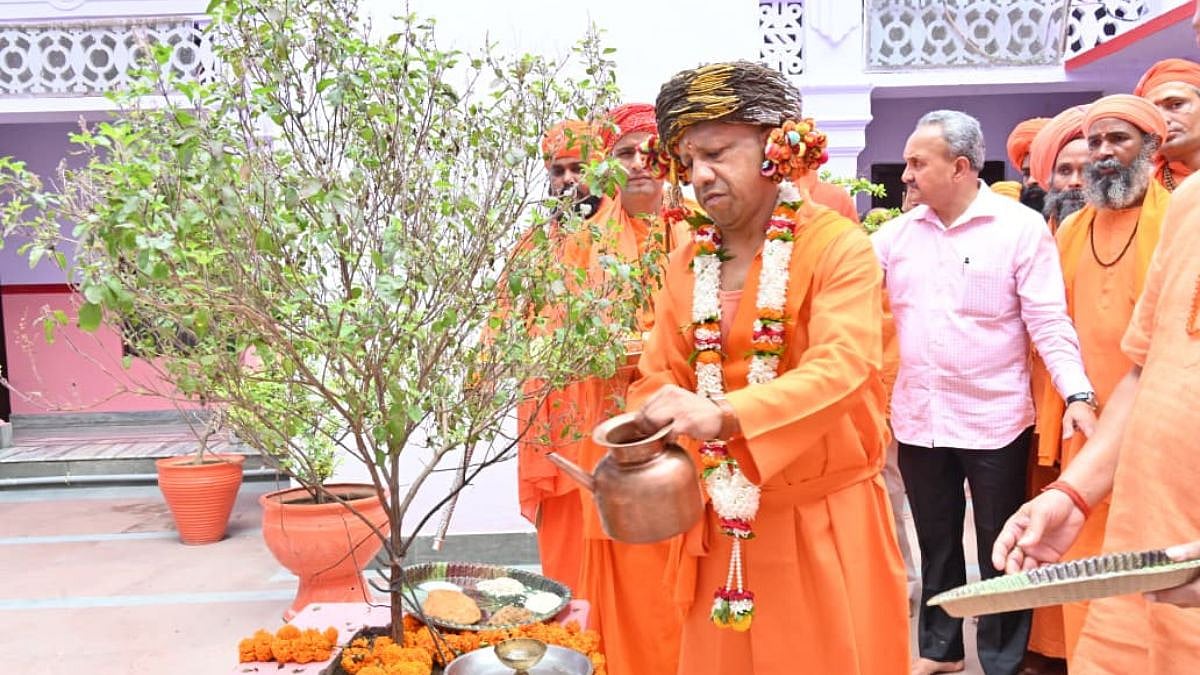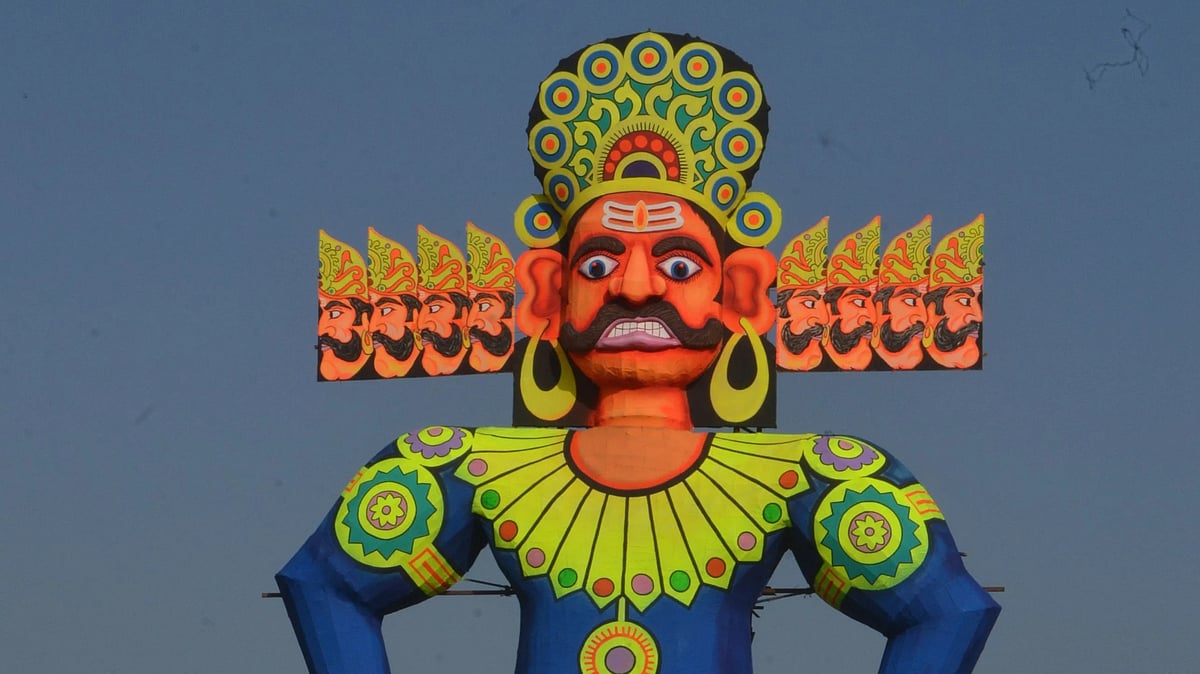The loss of the Indian cricket team in the World Cup final can only be compared with the defeat of the great West Indian team in 1983. Ironically, then it was India led by Kapil Dev which was instrumental in the West Indies defeat. Till Indian captain Kapil Dev took that mesmerising catch of Vivian Richards while running back almost 17 metres, nobody entertained the thought of India winning the World Cup. It was similar to the catch of Indian captain Rohit Sharma, taken by Australian Travis Head. Rohit was till then in a punishing mood like Richards was in 1983.
Recollections from 1977
Frankly speaking, I have been watching cricket since 1977 when Tony Greg’s English team had toured India, and had defeated Bedi’s team 3-1. This was the series that witnessed John Lever terrorising the Indian batting line-up with his swing bowling and was accused of using glycerin on the ball. This was the time when Indian team had world-class players like Sunil Gavaskar, Gundappa Vishwanath, EAS Prasanna, Bishan Singh Bedi, BS Chandrasekhar, and wicket-keeper Syed Kirmani, but it was never considered a “great” team. This was the time when the Indian team used to play to avoid defeat, despite the genius of Indian spinners. In those days a Test match was “real” cricket, and one-day matches were not very popular.
In 1983, nobody in India had even dreamt that India could even reach the semi-finals of the World Cup. India till then had participated in two earlier World Cups in 1975 and 1979 and had won only one match, that too against East Africa. How prepared the team was for the one-day matches could be understood by the fact that many Indian players had plans go to the USA for a tour after an early exit from the tournament.
West Indies Dominance and India's Historic Upset in 1983
West Indies by that time had won two World Cups back to back, and was seen as unstoppable even in 1983. Since the mid-1970s till the late 1980s no other team, since the Australian team of George W Bradman, was so intimidating and feared. The West Indies under Clive Lloyd had used four fearsome fast bowlers to terrorise other teams. Michael Holding, Andy Roberts, Joel Garner, Colin Croft, Malcolm Marshall, Patrick Patterson, Wayne Daniel and Sylvester Clarke were terrors on the cricket field in those days. Though India had defeated the West Indies in its opening match, in 1983, no one was yet willing to imagine that Kapil Dev’s team was going to engineer the biggest upset in world cricket history.
The 1983 victory ushered in a renaissance in Indian cricket. Indians till then were considered to be good players but lacking the killer instinct. The credit goes to two great players of that generation, Sunil Gavaskar and Kapil Dev. If Gavaskar taught Indian players not to be in awe of foreign players, he played not to lose; then Kapil invented the art of fast bowling on Indian soils. He showed the world that Indians can also bowl fast and swing new balls. Before him, India did not have the concept of fast bowling. The new ball was of no use. Spinners were the trump cards.
Sachin Tendulkar’s entry
Sachin Tendulkar’s entry was the beginning of a new era. But it was Sourav Ganguly who took the battle to the opposition camp. He played to win. He was willing to take risks and gamble. He nurtured and backed players to the hilt. During his time, India was blessed with the most creative, compact, elegantly intimidating batters. Sachin, Rahul Dravid, Virender Sehwag, VVS Laxman, Yuvraj Singh, and Sourav were world-class batters and together, they were beyond comparison. Mahendra Singh Dhoni as captain took the team to a new level. He was street-smart. He won two World Cups for India, in 2007, the T20 World Cup and in 2011, the one-day World Cup. During his time cricket was rapidly changing. Cricket was no longer a laid-back game; it became more energetic, monstrously athletic, and ultra-aggressive. Batters invented unbelievable shots to score runs in limited overs. The game of straight bat was gone. Helicopter shots, reverse sweeps, hitting over the slip fielders and wicket-keepers required new technique. A large paraphernalia of coaching staff was also a new concept.
When Dhoni passed the baton to Virat Kohli, India was already among the top three teams in the world. Kohli as a captain was very expressive. Under him, India became the number one team though he failed to win any tournament for the country. But credit should go to Rohit Sharma and Rahul Dravid for making the Indian team most complete and ferocious, though they took some time to begin with. In this World Cup, till India lost in the final, India was unstoppable. It won ten straight matches. It was not the victory but the margin of victories, that tell a story about the greatness of the team.
In my opinion, no Indian can be compared with this team. Since the days of Vijay Merchant till Kohli, India never had a dearth of great batsmen. India had the greatest of spin bowlers. Venu Mankad, Ghulam Ahmed, Subhash Gupte, Bedi, Prasanna, Chandrashekhar, Venkataraghavan, Dilip Doshi, Shiv Lal Yadav, Maninder Singh, Harbhajan Singh, Anil Kumble, R Ashwin, Jadeja and Kuldeep Yadav were/are magicians of spin bowling. India’s biggest undoing was its pace bowling. Mohammad Nisar, Amar Singh, Kapil Dev, Srinath, and Zahir were exceptions. But no other Indian team has had so many world-class pace bowlers as Rohit’s team has. Jaspit Bumrah, Mohd Shami and Mohd Siraj are not only accurate but also have pace and guile to intimidate any batsman in the world. Plus they are ably supported by another two world-class spinners — Kuldeep Yadav and Ravindra Jadeja. The richness and depth of this bowling attack can be measured by the fact that R Ashwin, in my opinion, the greatest of Indian spinners in terms of pure statistics, is sitting on the bench in most of the matches.
Rohit Sharma and Dravid realised that in the modern day, cricket has evolved to the extent that bits and pieces players are not good enough if the team has to win. Bumrah, Shami, Siraj and Kuldeep are not expected to bat. Jadeja is an all-rounder, but he is no part-time bowler. He is one player who can easily play in any team in the world purely as a bowler. The present bowling unit is the most complete bowling unit in India’s cricket history. It has a brilliant mix of pace and spin attack. Sourav and Dhoni’s attack did not have such high-quality pace bowlers. This bowling attack was supported by equally menacing batsmen led by Kohli. Rohit, Gill, Shreyas, Rahul and Surya are a great bunch of fearless batters. Rohit led from the front. This team has one weakness; its fielding at times is tentative.
Sadly, the law of averages caught up with the Indian team when it needed to win badly to be the world champion. Australia had the resilience to tire out the Indian attack. But this team can’t be compared with that of Steve Waugh and Ricky Ponting, two of the all-time great Australian teams. Pat Cummins that way is lucky, but India should not sulk. Except for the last day, it played great cricket. If this team is nursed well, then the future is very bright. Let’s hope that just as the West Indies, after losing in 1983, had pulverised the Indian team when they toured India soon after the World Cup, the Indian team too seeks sweet revenge when Australia visits India in the coming days.
The writer is Editor, SatyaHindi.com, and author of Hindu Rashtra. He tweets at @ashutosh83B












